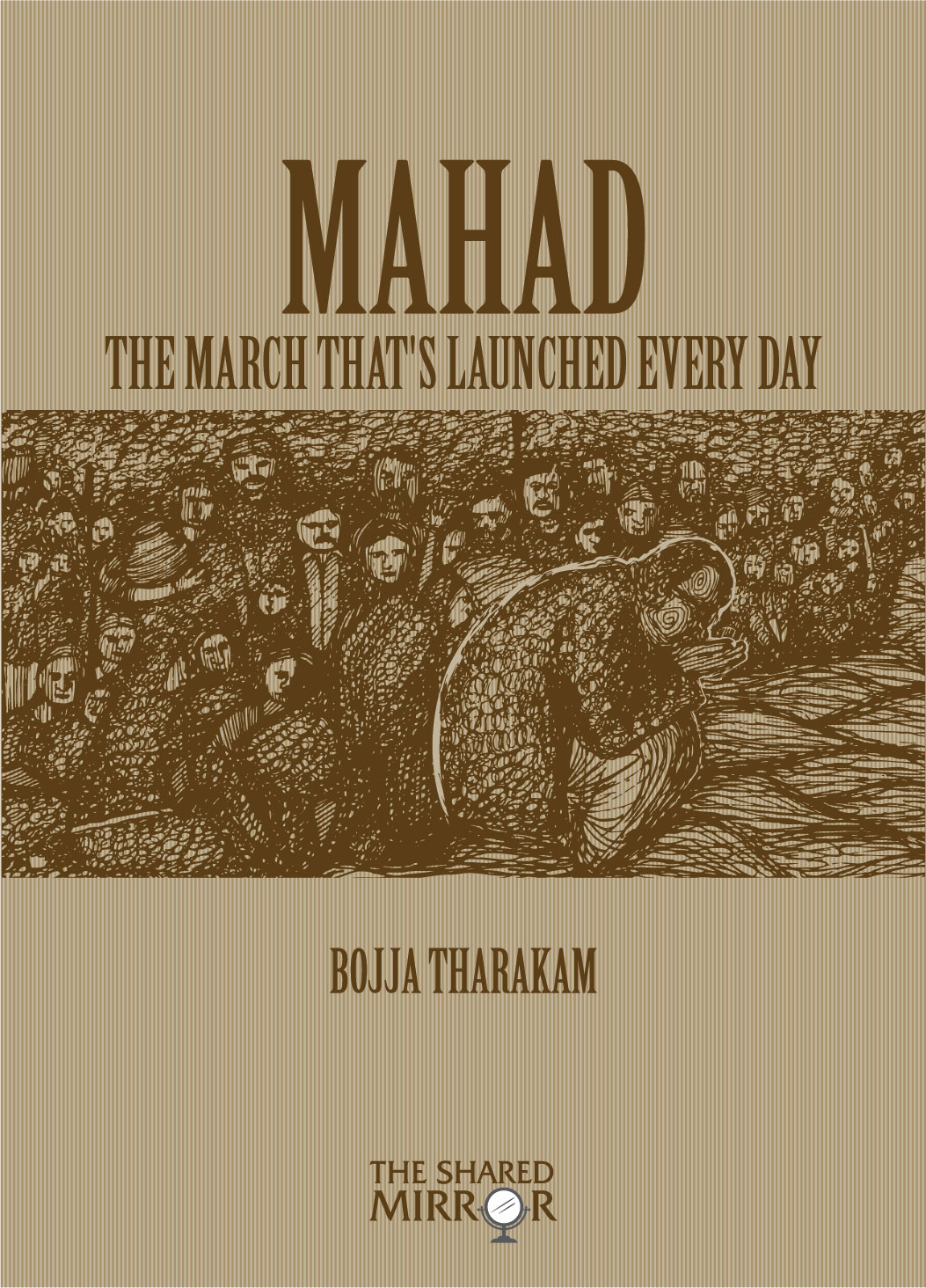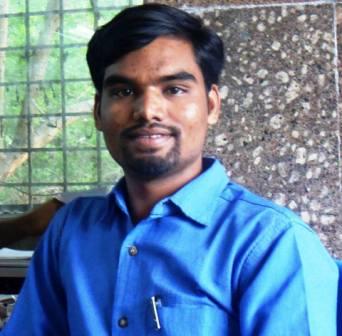Mangesh Dahiwale
As Babasaheb Ambedkar remarked once, and I am going to paraphrase, India is united in terms of castes. Caste is the unwritten law that is practiced throughout India. That is why the rebellion against caste must take place wherever it exists. Many people responded to the caste based discrimination throughout India. They responded with whatever might they had and they will continue to fight this monster with all their might.

Due to the inherent division of India into several regions, and most importantly, several languages, the communication of the “movements” and their “literary responses” remained incommunicable. Every single language in India has the revolutionary thoughts, books, booklets, small tracks, poems, dramas, essays and all the possible literary devices against the caste system. The wisdom in these devices is useful and applicable to all the times and places where the caste system exists.
The Telugu speaking states (what are now called Telangana and Andhra Pradesh) have their own history of the fight against caste and untouchability. States like Tamil Nadu (recently, the movie Kaala showed the depth of the understanding of the very sensitive director Pa Ranjith) have their own histories of fighting the monster of caste. These histories are a remarkable guide to fight the monster of caste.
With this preface, I will say that Bojja Tharakam and the Dalit movement that arose in the Telugu-speaking region are important chapters in the history of the anti-caste movement. The remarkable scholar, poet, activist, and thinker that Bojja Tharakam was, he shaped the Dalit, and by implication, the anti-caste movement in contemporary times. Mahad agitation was perhaps the most important flashpoint of the mass movement that Babasaheb Ambedkar launched through the course of his life dedicated to free his people. So much is written about Mahad, but this book, rather a golden nugget in the writings of Bojja Tharakam, stands on a different ground.
Bojja Tharakam uses the literary device of comparison of Dandi march and Mahad march to subtly expose the nuances and make the reader judge for themselves what is the nature, philosophy, purpose, and the goal of each march. In his analysis, two ideologies are exposed threadbare by detailing out the marches. He dissects the two marches and makes the reader look at what they really stood for. In a small span of over 50 pages, one can glimpse through the machinations that led to Dandi and the dire need that led to Mahad.
The Ambedkarite movement at this stage needs more interaction, more cohesion, and more solidarity from all over. When I was growing up, that role of educating the masses was played by Bhim Patrika from Punjab and Dalit Voice from Karnataka. They were not just periodicals, but they also published many small tracks that left permanent marks on many people’s lives. The Shared Mirror, which is backed by a strong network of over 750 writers across India is emerging as the collective voice of the people and this publication is the crystallisation of the efforts of its founders. May more and more books like this be available for all to read and understand that they are not alone in their respective states, their brothers and sisters are there in every nook and cranny of this country fighting the same battle every day, nay, every second.
~~~
Mangesh Dahiwale is Director, Thinking Eye Studio Pvt Ltd, and Chairman, Manuski.










